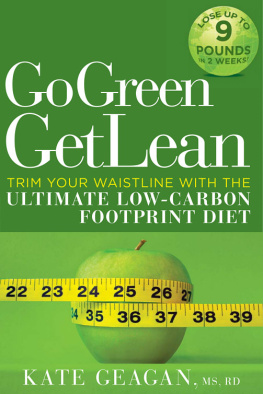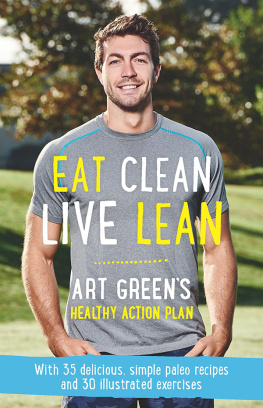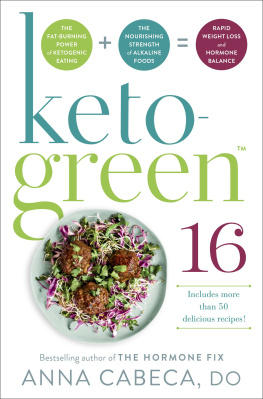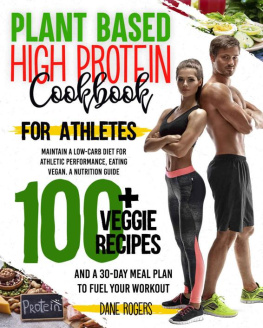This book would have truly been impossible without the unwavering support of clients, friends, colleagues, and my management team. Julie May, my manager, you are the best; thank you for your vision, your encouragement, and your ability to turn my dreams into reality. I am honored to call you not only my manager but a friend as well.
To Mary Lengle, my publicist, whose steadfast belief in this project and in me has empowered me to take new risks. To Shea Zukowski, editor extraordinaire, whose energy and enthusiasm from our very first meeting for this book made it crystal clear that you were the perfect person to help me bring this project to the world. Thank you for your dedication, your ability to keep me closely on track with our vision, and your commitment to creating the best book possible. I am eternally grateful. And to Julie Will, who helped me make it to the finish line, thank you.
To all of my clients, colleagues, and friends who have contributed quotations, feedback, and encouragement for this project at every step of the way. I am grateful for all your support in helping to bring this book to fruition. This book is for you.
For my professional colleagues Felicia Stoler, Lisa Stevenson, Mitzi Dulan, Christopher Speed, Amanda Archibald, Dina Aronson, Katherine Kwon, Gail Funstra, and Vicki Shanta-Retelny, who took time to provide valuable feedback and professional insights, as well as to sharpen ideas and provide much-needed encouragement at many steps of the process. I simply couldnt have done it without you; thank you for your support and guidance, all of you. To my amazing intern Ryann Collins; your help in combing through the details was the best, and I am indebted to you.
To Melanie Plesko, Keith Snow, and Jennifer Watson, exceptional chefs who generously lent time and professional expertise and shared their recipes with me without hesitation. I am grateful for your help in providing concrete expert cooking suggestions to make leaner and greener living within the grasp of everyone.
To my family: Pete, for being my rock, for believing in me from the very start, and for helping to create the space in our lives for the year of the book. Without you, this literally would not have been possible. To Bob Hopper and Sarah Johnson, for helping me push beyond this is a great book idea into action. It is because of your encouragement and insights that this book ever got moving from dream into reality. And to my sister Eileen, for the hours you pored over my notes and drafts, providing feedback and sharing real life questions; I am so grateful for your belief in me, and for the time you devoted to help me make this book the best it could be. To Lalo, for your help in dressing me for success when I went to New York to pitch this idea to publishers, and to Jeff for getting it right away and being so supportive from the very start. And to my mom and dad, David and Jade Walsh, you have always encouraged me to follow my passions, telling me that the best way to find professional success was to do something I loved. I love you for giving me what is perhaps that greatest gift of all; this book is because of you. And most important, for Georgia and Chase, the inspirations for and driving force behind this entire project; you two are by far my lifes best nourishment.
Knowing where your food comes from can change your life.
Alice Waters
I wrote this book for my children.
As a dietitian with a successful corporate wellness practice, I had worked with thousands of people to help them lose weight, manage chronic disease, and improve their health through diet. I loved staying abreast of the latest clinical research on food findings, and then helping my clients incorporate the newest proven strategies or foods for effectively managing weight, fighting disease, and feeding their families soundly, while helping companies better manage their spiraling health-care costs.
Then I had children, and my world changed. Suddenly the issue of global health, always important but somehow easy to nudge into the backseat of day-to-day life, took on a clearer focus. In fact, there was an exact moment when I knew I was going to write this book. I refer to it as my PB&J moment.
It was the summer of 2007, and I was at the playground with my kids and several other moms and tots. After about an hour, we all pulled out snacks. I watched with fascination as one mom pulled out a premade, frozen, prepackaged, crustless PB&J on white bread, cut neatly into a little white circle and prewrapped in a clear plastic package. It was a little diskette of technology, convenience, and food product for a little boy to snack on.
In truth, this particular mom, like all of us, was only trying to do the best thing for her kids while balancing a time-strapped reality. And up until that moment, I had been equally guilty in other ways, such as breezily making suggestions to clients to load up on single- serving, pre-portioned (which meant calorie-controlled) items as a dieters manna from Skinny Heaven.
But heres a rundown of what went through my head at that moment:
- Have we really gotten to the point where making a 30-second PB&J seems too time-consuming? Worth outsourcing to someone else?
- How much fossil fuel was that snack drenched in, from the automated production at the plant, to the packaging of each of the sandwiches, to the cardboard box with splashy marketing, to plunging the box into a deep freeze, to shipping the frozen product (they are in the freezer aisle) to the supermarket, to sitting in the freezer aisle at the supermarket until this mom drove to pick it up, then stored it in her freezer until she decided that her kid might want a snack in an hour and she popped it into her diaper bag to thaw out so he could have it?
- How many thousands of other snacks and foods like this are lining supermarket shelves around the country?
- If shes truly trying to do whats best for her child, is this really what she has been led to believe? Might she make a different choice if she saw things from another perspective?
This PB&J moment got me thinking deeply over the next couple of days about the connection between the grocery aisle and Antarcticas glaciers. Could it be a lot closer than we realize? I decided to investigate further to see if I could make some different suggestions to clients to help them eat in a greener way.
And what I found appalled me.
The American diet is warming the planet.
Americans food choices are a significant driver of the globalwarming crisis.
Yes, it is our food choices, and all of the energy that it takes to give us these choices (including production, transport, processing, packaging, storage, and preparation), that is now the single largest contributor to global warming, eclipsing even our love affair with our SUVs. The average American diet creates 2.8 tons of CO2 emissions
The impact of these choices is now echoing around the globe, not just because our food is nowadays logging more frequent-flier miles than we are, with blueberries from Argentina and grapes from Chile, but because throughout the whole system of food production, from when it is produced to when we put it in our mouths, the amount of fossil fuel going into our food choices has outstripped the actual amount of energy in the food itself. Even something as seemingly innocuous as lettuce can require a river of petroleum to bring it to diners plates; the average head of lettuce grown in California and picked at the peak of ripeness ends up requiring nearly 60 calories of fossil fuel for every food calorie by the time it arrives on a diners plate in New York City. This is to say nothing of the thousands of highly processed foods that require barrels of oil to create but provide little return in terms of real nutrition.







